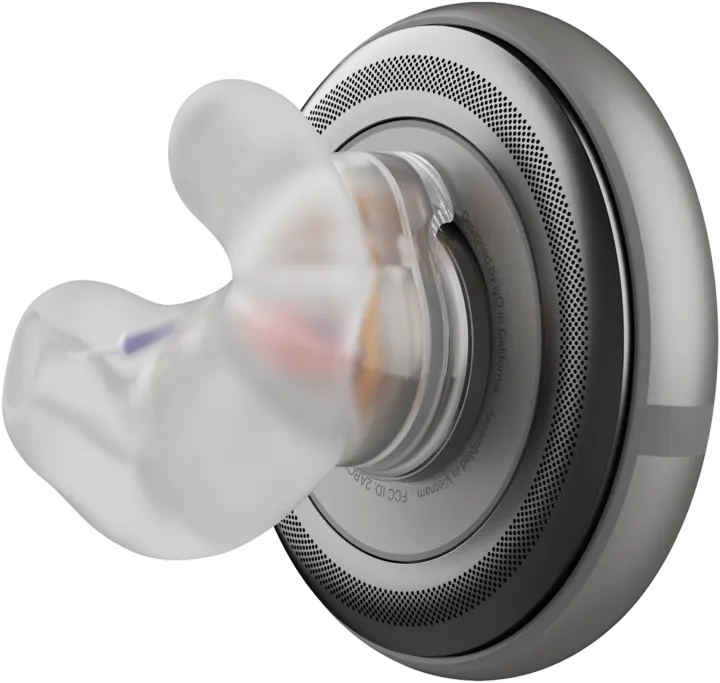Design thinking is a tool, not a process

I have already expressed my doubts a few times about innovation methodologies that are both all-encompassing and self-contained. The fabulous five-step methodologies that get you from A to E flawlessly and can solve all your seemingly inscrutable problems are, at best, overly optimistic but mostly cheap grifts. If you missed it back then in 2018, it's probably worth your time to look back at Natasha Jen taking down how design thinking was oversimplified and got its (very) bad rap.

Of course, as soon as you start to be a tad critical of anything, specialists in the field will immediately jump up to explain that, well, there is bad, and there is good design thinking... Overall? I disagree. It's never so much about the nuances of this methodology or this one. It's about recognizing and adjusting for the limit of any methodology.
As for design thinking (or lean startup or effectuation)? It won't help create ChatGPT.
But let's be practical...
Beginning tomorrow, I'll be coaching a few smart students from one of the most prestigious French engineering schools around these limits. They have been processed through the IDEO design thinking framework and started working on two projects with industrial partners.
From experience, these are the limits I'm expecting to have to deal with:
- The empathy phase is generally well done but ends up locked down in Stockholm syndrome mode with the end user. Very few design thinkers manage to think beyond direct feedback and would never dare challenge the problem as it is framed by the users (they get excommunicated or something, I guess?). In reality, a large part of the problem to be solved is hidden from the end-user or, in some cases, willingly not explained. Empathy is OK, intuition is better, and real insider's market knowledge is king.
- Most of the work is stuck in product mode. Whereas any decent startup concentrates on the problem/added value couple before asking what would be the cheapest product to deliver said value, most people involved in design thinking work on problem/product. It's a common and terrible blindspot built into this approach. It does speak really well to engineers and process-oriented profiles, but it's a terrible pitfall.
- As a follow-up, the discussions about pricing and ROI are pushed at the end of the whole process, whereas in real life, it's step one or two of any industrial design endeavor. Solve the problem, build value, and understand how much it's worth. The product is just a side effect.
- Still in the same vein, as soon as a solution idea appears, the competitive landscape will be (briefly) scanned with a product lens. A new thermostat will be in competition with other thermostats, and that's the end of it. Or is it?
- Finally, no attention is paid to the value chain where the innovation would be deployed, the underlying market dynamics, current opportunities, or falloffs. The magical thinking seems to be that if the product that will be designed is astounding, it will be sold. This is obviously in contradiction to the last century in tech, industry, retail, and services. I'm not saying it's good. Simply that, things don't happen in the void, and externalities are critical.
I'm always happy to get into these friendly challenges and help them step back, better navigate a tool that works wonders for many incremental innovation projects in relatively stable markets, and understand when/where it will abruptly fall short. This is enjoyable because they're not stuck yet with an empty toolbox but for a screwdriver. They still have plenty of time to recalibrate, adjust, and explore complementary approaches.
And design thinking? My main gripe is that it doesn't train anyone to think as a designer properly. Holisticly. But mostly reductively as a junior engineer.
Let's see how it plays out tomorrow 🤗




